Damselfish Fact and Care Guide: Diet, Temperature and More!

If you’re looking for a hardy, colorful, and inexpensive marine fish, you’ve come to the right place! Damselfish are small but mighty, and they come in all sorts of flashy colors. They are a species where many saltwater hobbyists get their feet wet, for very good reason.
Damselfish are a diverse group of fish with widely varying coloration. In fact, this group even includes the popular Clownfish, but they’re distinct enough that we’ll talk about them in a separate care guide.
You’ll feel like an Aquaman in no time with these beauties swimming around in your tank!
Damselfish Overview
These little critters are one of the most resilient fish out there. They’re tough as nails and can survive in a wide range of water conditions, making them a perfect choice for both beginners and experienced fishkeepers.
Damselfish are tricky to generalize because the name encompasses dozens of different species. Many are quite peaceful, especially the Blue and Green Chromis as well as the smaller Chrysiptera sp. But many of the most common species, especially the Domino, Three Stripe, and Four Stripe Damselfish (Dascyllus sp.) are very aggressive, both towards each other and other fish in the tank.
This is unfortunate because they are so hardy and cheap, even for saltwater fish, that they are often the first fish to be introduced into a cycling aquarium. Unfortunately, the damselfish then gets the idea that the entire tank is theirs and may start nipping any newcomers to the setup.
More aggressive Damselfish should always be added last to a setup and/or kept with other semi-aggressive to aggressive saltwater fish.
Now, one thing to keep in mind is that Damsel Fish can be increasingly aggressive, especially when they feel threatened or scared. So, it’s important to make sure they have plenty of hiding spots in their tank to retreat to when they need to feel safe.
Damselfish Appearance
Damselfish are very diverse in coloration but the majority are as boldly patterned as any other reef fish. Even the most subdued, such as the Four Stripe and Domino Damselfish have strongly contrasting tones when young. But as they get older, they do turn a dull grey (and get even meaner).
Most of the brighter colored species are also the most peaceful. They are typically a deep blue color and many have yellow, orange, or red tones to their fins. The Giant Garibaldi is an interesting exception, being a brilliant goldfish orange when fully grown!
Damselfish have a slender, elongated body shape that’s usually a shade of blue or yellow. Some species even have a bit of black on their fins, which makes for a nice contrast against their brighter colors.
But what really sets Damselfish apart is their eyes. These fish have big, expressive eyes that seem to follow you wherever you go. It’s almost like they’re trying to communicate with you, which is pretty cool if you ask me.
Cool Fact: Damselfish can change color depending on their mood. So, if you notice your fish turning a darker shade of blue or yellow, it could be a sign that they’re feeling stressed or agitated.
How Long Do Damselfish Live?
Well, it depends on a few factors.
Damselfish tend to be fairly long lived. The smaller species will live to be 5 years old on average and the medium to larger species can live from 10 to 15 years in age!
Now, just like with any other fish, there are certain things you can do to help increase the lifespan of your Damselfish. For example, making sure their tank is clean and well-maintained, providing them with a balanced and nutritious diet, and avoiding overstocking the tank with other fish.
It’s also worth noting that some species of Damselfish can be a bit more fragile than others, so it’s important to do your research before adding them to your tank.
And just like with Neon Tetras, make sure to select healthy specimens, avoid introducing sick fish to your tank, and quarantine any new arrivals to prevent the spread of disease.
How Big Do Damselfish Get?
The majority of Damselfish grow between 3 to 5 inches long, depending on the species.
The smaller species include the Yellowtail Blue Damselfish (Chrysiptera parasema) and the Azure Damselfish (C. hemicyanea), which grow no larger than 2 ½ inches and are peaceful enough to be kept in groups.
The more common Domino and Four Stripe Damselfish grow to be 3-4 inches long as adults.
The largest Damselfish of them all is the Giant Garibaldi, a coldwater species found on the Pacific Coast of North America. They can reach up to 12 inches in length but require a chiller and other specialized conditions to survive.
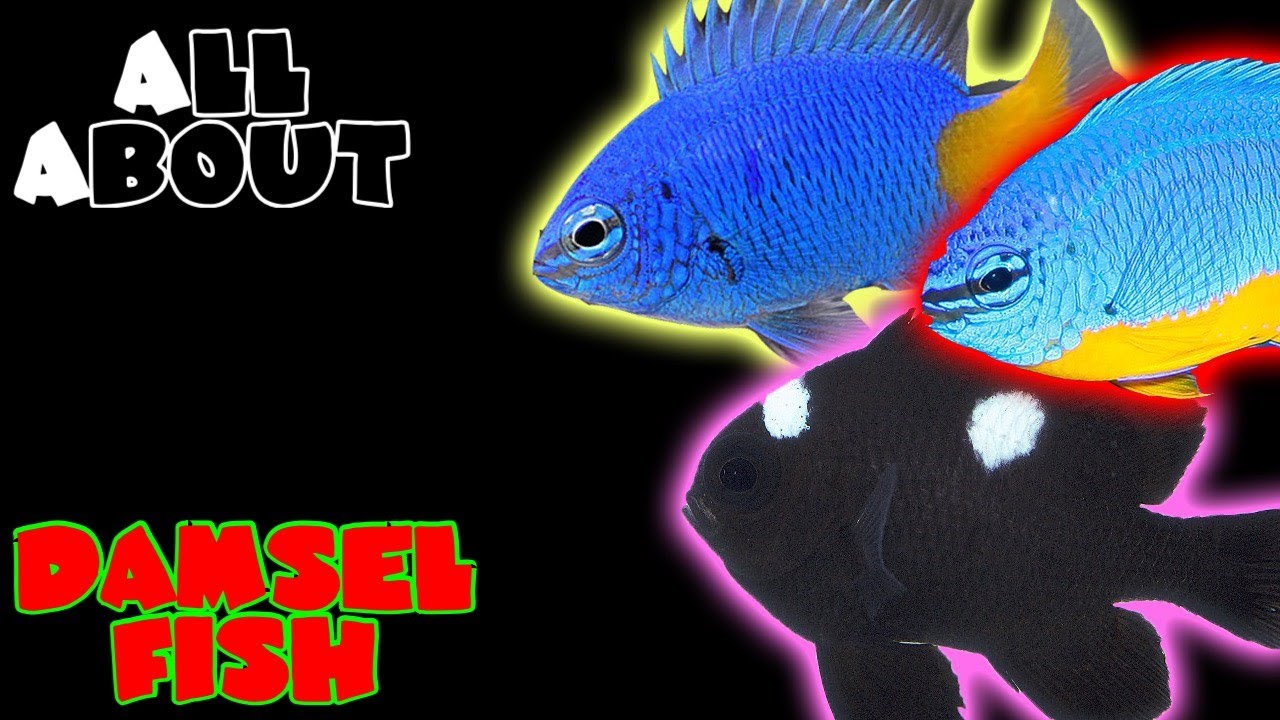
Types of Damselfish
Damselfish species are a diverse group of marine fish that are commonly kept in saltwater aquariums. There are many species of damselfish, ranging from mild-mannered to highly aggressive.
Some of the most commonly kept damselfish species include:
- Neon Damselfish
- Chrysiptera Cyanea (azure damselfish)
- Dascyllus Trimaculatus (three-spot damselfish)
- Four-stripe Damselfish
While many damselfish are small and hardy, they can also become increasingly aggressive as they grow larger.
Neon Velvet Damselfish
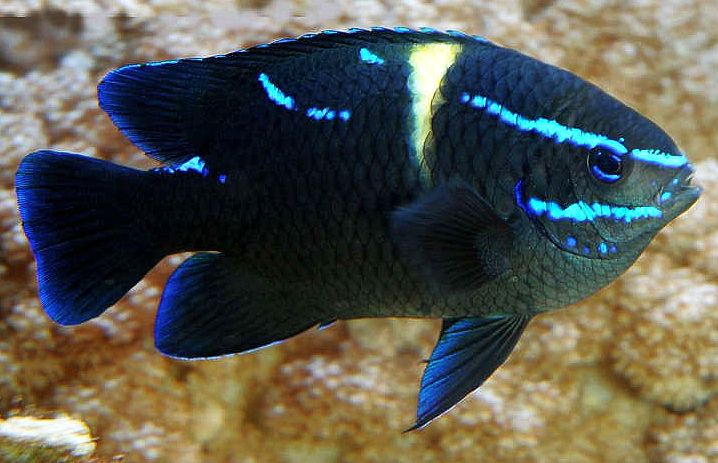
Jewel Damselfish

The jewel damselfish, also known as the Chrysiptera Taupou, is another popular damselfish species that is commonly found in the local fish store. Jewel Damselfish is relatively mild-mannered and can be kept in smaller aquariums. However, jewel Damselfish it still requires hiding places and a varied diet to thrive.
Yellow Tail Damselfish
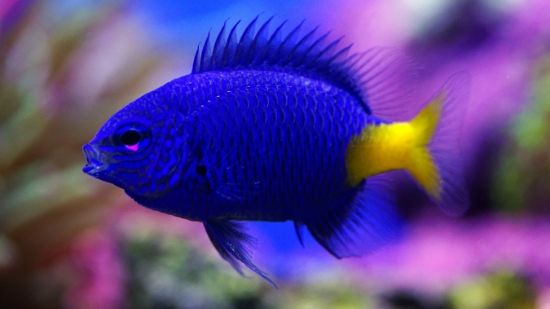
The Yellow Tail damselfish is a hardy species that is well-suited for new aquariums. It can be kept with other damselfish or other species of fish, but Yellow Tail Damselfish can also be aggressive towards other fish if it feels threatened or if it is kept in a small tank.
Domino Damselfish

The domino damselfish, also known as Dascyllus Aruanus, is another aggressive species that can be difficult to keep in a mixed reef tank. Domino Damselfish require plenty of hiding places and a varied diet to thrive.
Blue Devil
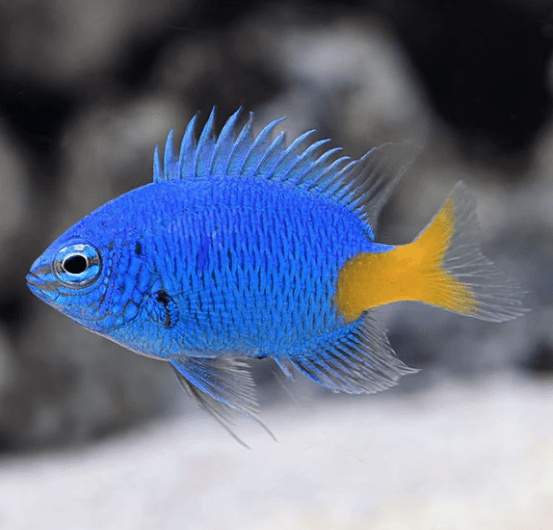
The blue devil damselfish, also known as Chrysiptera Talboti, is a hardy species that is well-suited for smaller aquariums. They are omnivores and require a varied diet that includes both meaty foods and algae.
Other Popular Damsel Saltwater Fish
There are many other damselfish species that are popular among aquarium enthusiasts, including:
- Dascyllus Melanurus (blacktail damselfish)
- Microspathodon Chrysurus (royal damselfish)
- The Dascyllus Reticulatus (two-stripe damselfish)
Some damselfish can be kept in groups or with other species of fish, while others are best kept as the only damselfish in the tank. Regardless of the species, all damsels are hardy and attractive additions to any aquarium.
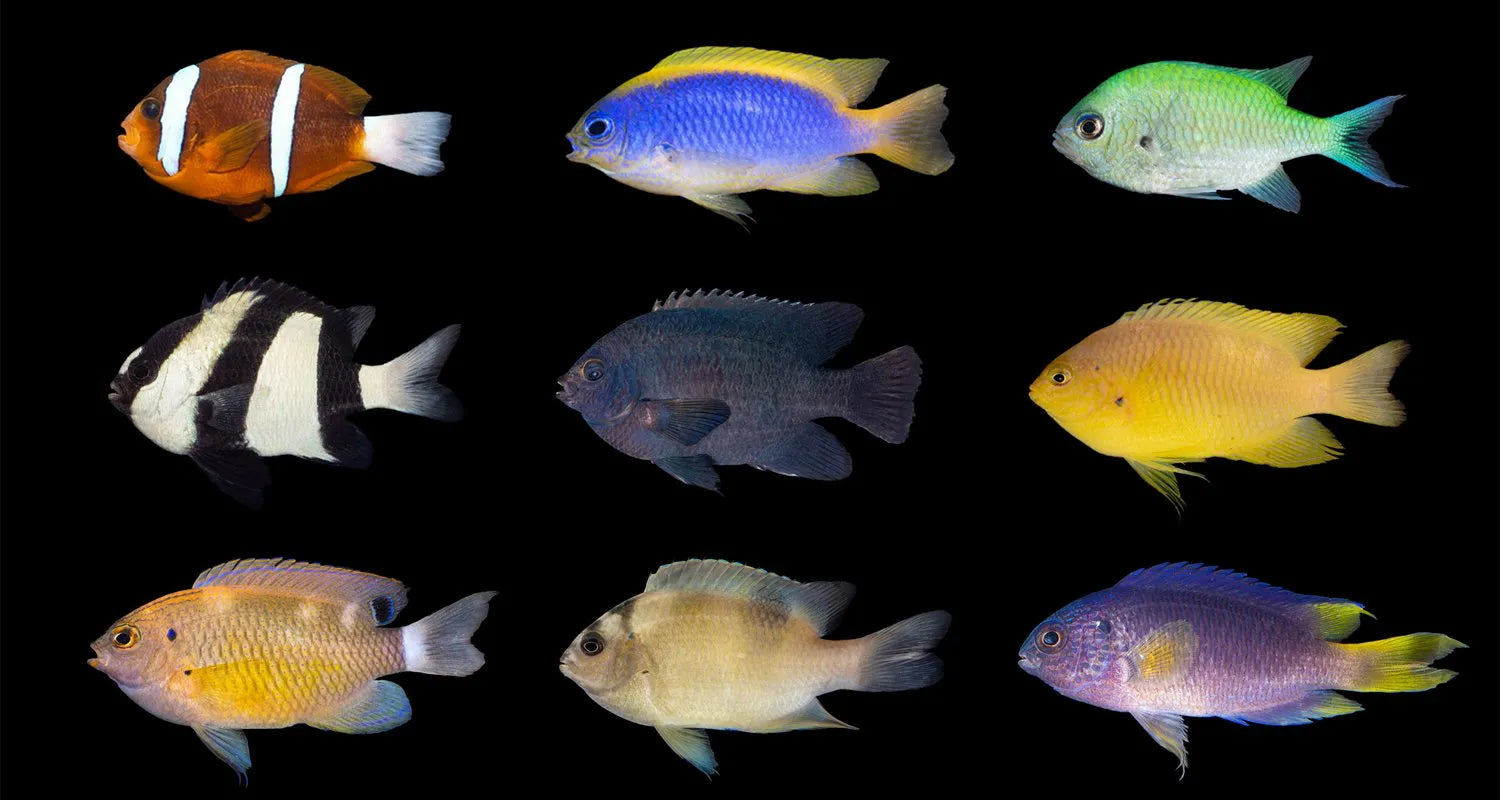
Sexing Damselfish
Now, when it comes to Damselfish, it can be a bit tricky to determine the sex of your fish, especially when they’re young. Sexing them is strongly dependent on the species in question. However, there are a few key differences that can give you some clues.
Males and females of some Damselfish species can have different coloration or markings, which can make it easier to tell them apart. For example, in some species, males might have more vibrant colors or patterns than females.
The Blue Devil Damsel, have subtle sexual characteristics that can be spotted. The males of this kind have bright yellow or orange tail and ventral fins while the females have much less color in these fins. In other species, the males and females look all but identical to humans.
Many Damselfish are also known to change genders based on social dynamics! So even if you think you have a female, she may transform into a male over a few weeks if she becomes dominant over her rivals in an aquarium!
So, while sexing Damselfish might not be as straightforward as with some other species, with a little patience and observation, you can still figure out the sex of your fish.
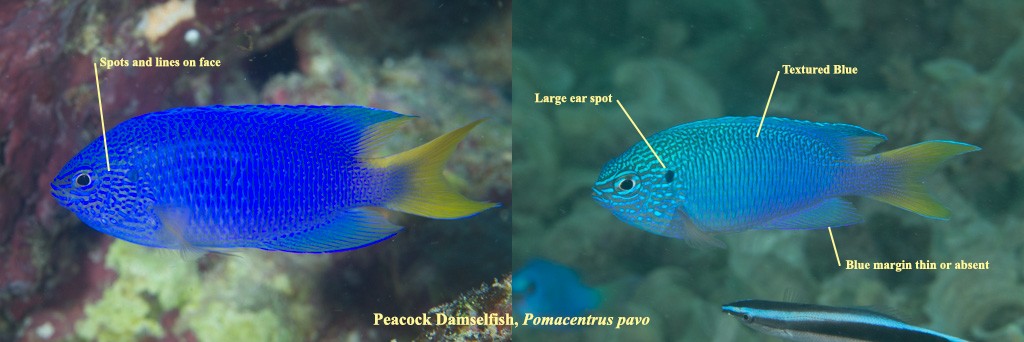
Optimal Water Conditions for Damselfish
Damselfish of all kinds are extremely hardy! In fact, they are probably the best fish you can use for cycling a new saltwater tank!
They can well tolerate slightly elevated levels of ammonia and nitrite for extended periods that would outright kill other fish. That said, you should never do so intentionally as ammonia is still stressful for them.
Make sure your tank is filled with saltwater that has the appropriate salinity level. The ideal salinity level for damselfish is around 1.022-1.026 specific gravity.
Make sure you have a good-quality hydrometer to monitor this.
Temperature
As tropical reef fish, Damselfish thrive between a temperature range of 72-80℉. Anything above or below this range can be stressful to them. The Giant Garibaldi is the only exception; as a coldwater fish, it needs temperatures below 70℉ at all times.
Water Chemistry
They prefer standard reef conditions: a pH of 8.0-8.4, which a substrate of crushed aragonite (coral sand) will provide. Damselfish have no particular need for high levels of strontium, iodine, or other trace nutrients that corals need; any micronutrients will be obtained from any standard marine aquarium salt blend.
Proper filtration is also important for damselfish, as they produce a lot of waste. A hang-on-back filter or canister filter can work well for their tanks. Be sure to clean the filter regularly to avoid build-up and blockages.
As with any fish, keeping the water clean is essential to their health. In addition to regular filter cleaning, a water change of around 10-15% every week is recommended. This will help remove excess nutrients and maintain water quality.

Tank Setup for Damsel Fish Species
Tank size is a little variable since Damselfish can be very different in size. They are always sold when quite young, so the majority can start out in a 10 gallon tank easily enough. Only smaller species can live in one their entire lives, though.
The majority will need 20 to 30 gallons space to be comfortable, especially since they will claim a territory for themselves and harass any other fish that intrudes. In a smaller tank, this constant aggression can make life very unpleasant for their tank mates.
Tank Decorations
When it comes to decorating a tank for DamselFish, you don’t want to just throw in any old knick-knacks and call it a day. These fish deserve a home that’s both visually stunning and practical for their needs.
First and foremost, it’s important to keep in mind that DamselFish are found in reefs throughout the world, so you’ll want to incorporate decorations that mimic this environment. This can include adding live rocks, which not only provide hiding places for the fish but also serve as a natural filtration system for the tank.
In addition to live rocks, you can also add other decorations such as artificial coral, which not only adds to the aesthetic appeal of the tank but also provides DamselFish with a place to swim and explore.
But let’s not forget about the practical side of things. DamselFish are known to be quite active swimmers, so you’ll want to make sure there’s plenty of open space for them to move around in. This means avoiding overcrowding the tank with too many decorations.
For those looking to take their tank to the next level, adding some plants can be a great way to provide even more hiding places for the fish. Some good options to consider include:
- Sea Grass
- Macroalgae
- Halimeda
- Caulerpa
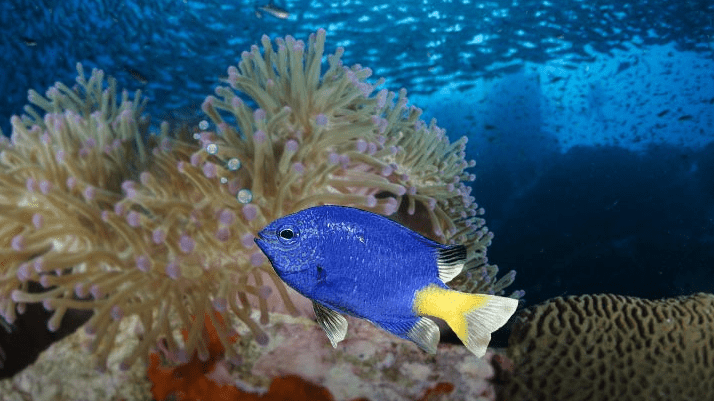
What Fish Can You Put with Damsels?
Damselfish vary in their compatibility but as a whole they are excellent marine community fish. The main thing to be careful of is how aggressive they are. The medium to larger species – Dascyllus sp. (two stripe) tend to be the meanest and really should be kept with other semi-aggressive to aggressive fish like Tangs, Angelfish, Dottybacks, and other Damselfish that are very different in coloration.
But the others, especially the Chromis and Chrysiptera Damselfish are quite peaceful and do well both in schools with each other as well as with the majority of reef inhabitants. All Damselfish are reef-safe as well and won’t pick at corals, feather duster worms, giant clams, or other sessile (non-moving invertebrates).
Good Tank Mates for Damselfish Include:
- Tangs, Angelfish, Dottybacks, Royal Gramma, and other Semi-Aggressive to Aggressive Fish
- Clownfish, Pygmy Angelfish, Gobies, and other Peaceful Community Fish (for Peaceful Damselfish)
- Hard and Soft Corals, Giant Clams, Feather Duster Worms, and other sessile Invertebrates
- Shrimp, Crabs, Starfish, Snails, and Hermit Crabs
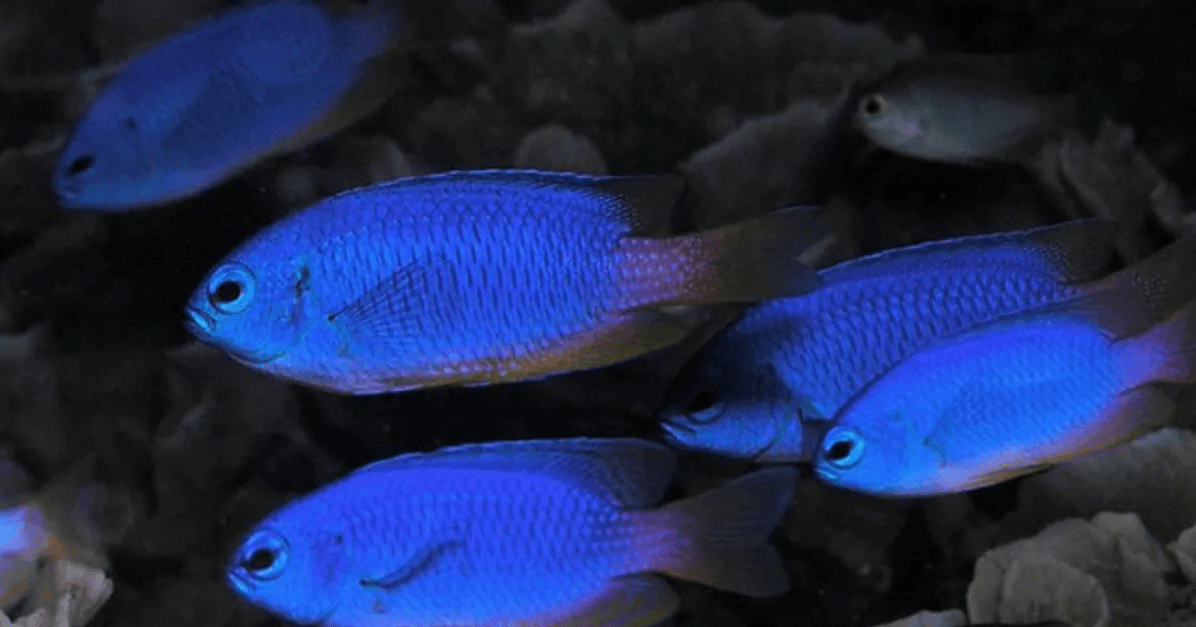
Feeding Your Damselfish
Feeding Damselfish can be a straightforward process, as these hardy fish are not very finicky eaters. Most Damselfish are either omnivorous (eating both plants and animals) or purely carnivorous.
What do Damselfish Eat?
The true carnivores feed mostly on plankton and other tiny invertebrates – like mysid shrimp (Chromis Damselfish) while the others will feed on reef algae as well as any invertebrates they find floating by or crawling amongst the live rock.

Therefore, Damselfish should be fed a good marine omnivore blend with high quality items like spirulina, shrimp meal, and fish to give them the nutrient diversity they need. Supplement this with occasional offerings of thawed frozen foods like brine shrimp or chopped mysis shrimp!
How Often Should I Feed My Damselfish?
Damselfish are very active, regardless of size, age, or species. Therefore, we want to offer them food a minimum of twice per day, with three small feedings being even better. They will eat aggressively, often splashing water about, which may make shy fish unwilling to feed. So again, choose their tank mates very carefully!
Breeding Your Damselfish
Breeding Damselfish is a simple process, provided you have healthy breeding stock and maintain optimal water conditions in the breeding tank. Using a separate breeding tank can also be helpful, as it provides a safe and secure space for the breeding fish and their fry.
How Can I Condition My Damselfish to Spawn?
The best way to condition Damselfish to spawn is to create a stable group of them and then feed them high quality, protein and fat-rich foods like brine shrimp. And the best way to get a stable group that could breed is to add them to your tank all together as young as possible.
A group of six young Three Stripe Damselfish are much more likely to form a social dynamic that doesn’t end up with some of them dead versus adding them slowly over time.
How Can I Tell If My Damselfish is Pregnant?
Assuming you have a successful group of healthy Damselfish, breeding will sort itself out. Damselfish for the most part are some of the easier saltwater fish to spawn once they’ve settled into distinct social hierarchies.
Female Damselfish will sometimes have visibly different colors from males, will be of a different size, and will visibly swell with eggs once they are ready to spawn. But the most obvious sign will be in how they interact with one another. Rather than viciously chasing each other, you’ll see a willing female spending more time around a potential mate.
Male Damselfish provide parental care to the eggs once they’ve been fertilized. The male will fan them continuously with his fins, providing extra oxygen flow and preventing debris from accumulating. He will also become even more territorial towards his tank mates until the fry hatch and become free swimming.
Here is a video documenting a pair of Three Stripe Damselfish courting and spawning. You can also get a good look at the size differences between the male and female!
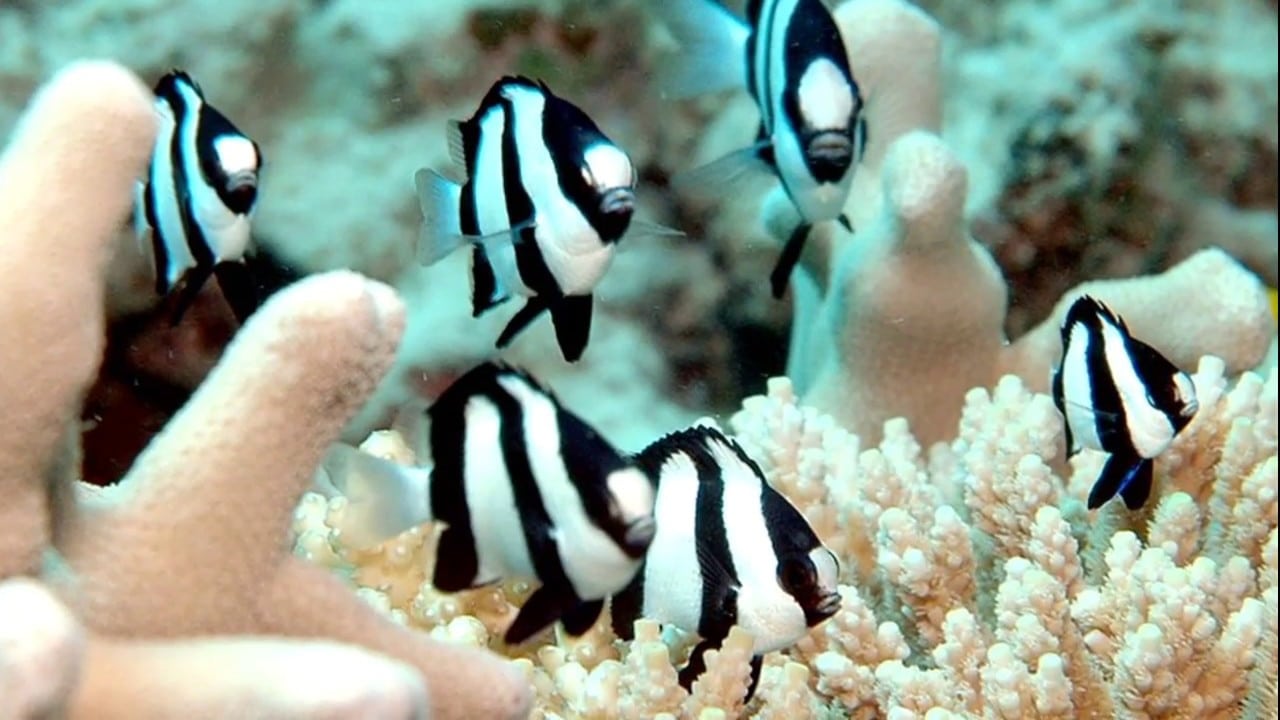
Frequently Asked Questions
What Is a Damselfish?
A damselfish is a type of marine fish belonging to the family Pomacentridae. These fish are small, colorful, and found in a wide variety of habitats, ranging from coral reefs to rocky areas and even in freshwater streams in some cases. There are over 300 species of damselfish, and they can be found in all tropical and subtropical oceans worldwide.
Are Damselfish a Good Choice for Beginners?
Damselfish are some of the hardiest saltwater fish in the trade. They are also very common in your local fish store – stunning in coloration, and very inexpensive!
Are Damselfish Aggressive?
Damselfish are known to be aggressive, especially when they are defending their territory or mating. However, not all species are equally aggressive, and some are more peaceful than others. Some of the more aggressive species include the blue devil damselfish, the four-stripe damselfish, and the yellowtail damselfish. These species should be kept with caution, as they may attack and kill other fish in the aquarium.
Which are the Most Aggressive Damselfish?
The most aggressive Damselfish are the Three Stripe, Four Stripe, and Domino Damselfish. They are also unfortunately the least colorful. While young, they have snappy black and white tones. But as they grow older these hues fade to dull grey and black and they become even meaner towards their tank mates.
Which are the Most Peaceful Damselfish?
The most peaceful Damselfish are the smaller kinds, such as the Yellowtail Blue Damselfish and Azure Damselfish. The Chromis Damselfish are all medium sized (3 to 5 inches) but are also quite peaceful and do well together in schools!
Can Damselfish Live with Catfish?
In general, damselfish and catfish are not compatible tank mates. Catfish are bottom-dwelling fish that can become stressed and agitated by the active swimming behavior of damselfish.
Warning: Damselfish may view catfish as a threat and attack them, causing injury or death.
Want To Learn More?
If you still have questions about Damselfish or would like to show off your tank, be sure to join our Facebook Group to join the discussion!
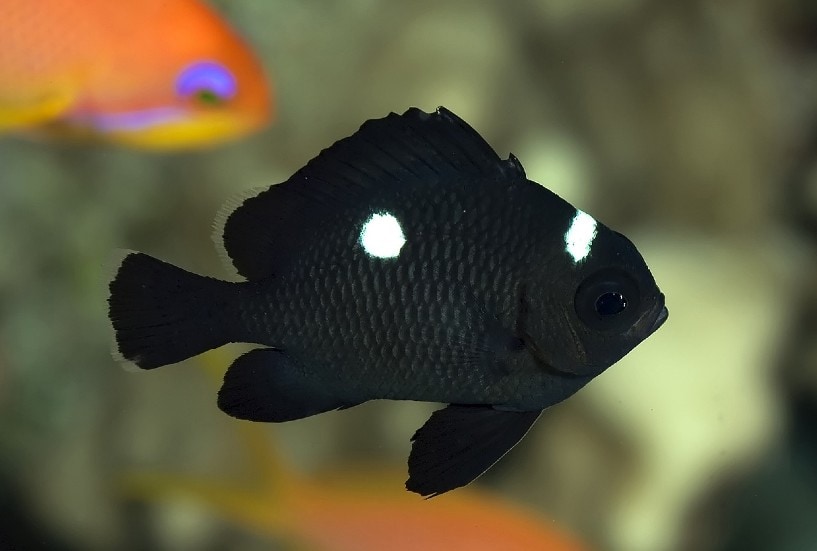
Conclusion
In conclusion, Damselfish are a diverse and captivating group of saltwater fish that are well suited for a variety of aquarium habitats. With numerous damselfish species available, including the jewel damselfish, yellow tail damselfish, domino damselfish, neon damselfish, neon velvet damselfish, and azure damselfish, to name a few, there is no shortage of options for hobbyists looking to add these colorful and interesting fish to their saltwater tanks.
While some damselfish species can be aggressive and territorial, particularly when kept with other members of the same species, many species are relatively mild-mannered and can be kept alongside other tankmates without issue. Some popular damselfish species that are known for their subdued coloration and mild temperaments include the four-stripe damselfish, blue devil, and tail fin damselfish.
Damselfish are a remarkable aquatic species that need extensive care to ensure their optimal health and contentment in a saline tank. The fundamental requirement for their flourishing entails having ample hiding places, generous space for their swimming prowess, and precise water conditions. These fish are inclined towards thriving in a reef-like milieu, rich with algae and a well-regulated water column. Their tankmates, including clownfish and chromis, must be compatible to prevent any aggressive outbursts towards the damselfish.
No comments

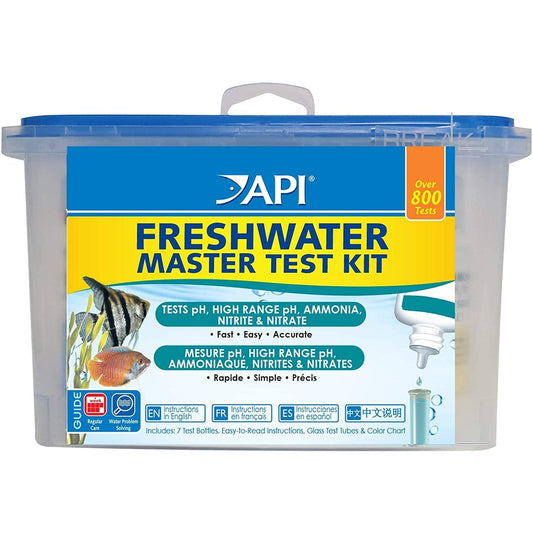
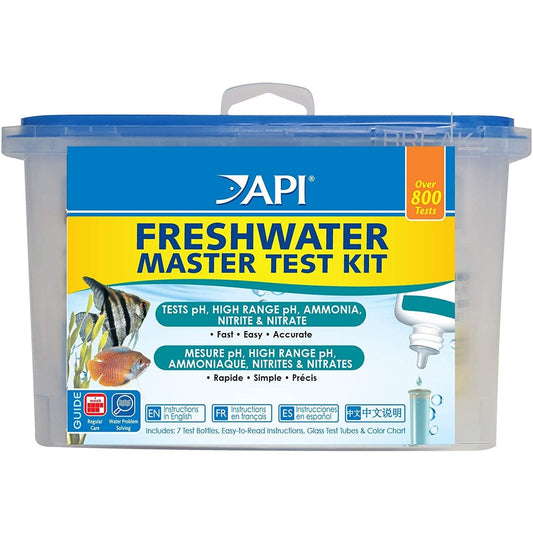
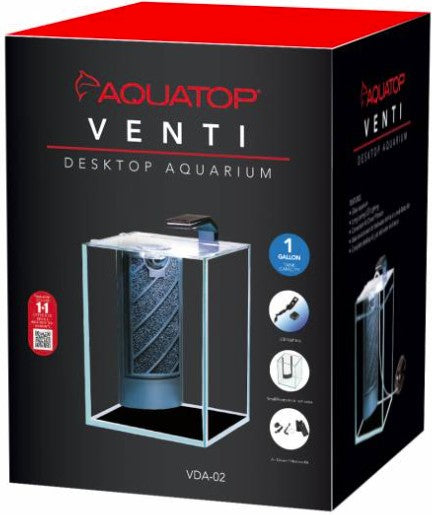



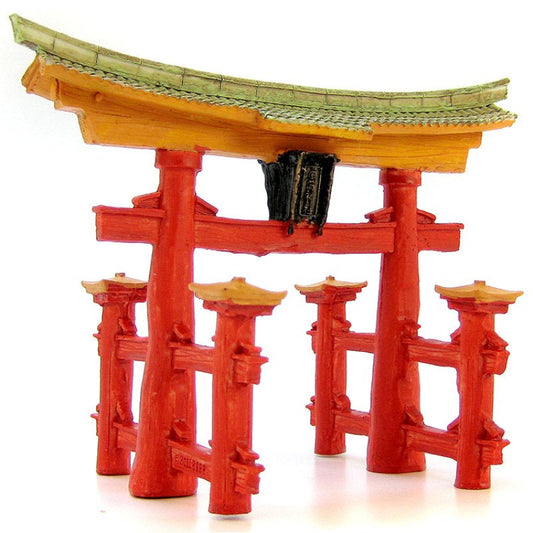


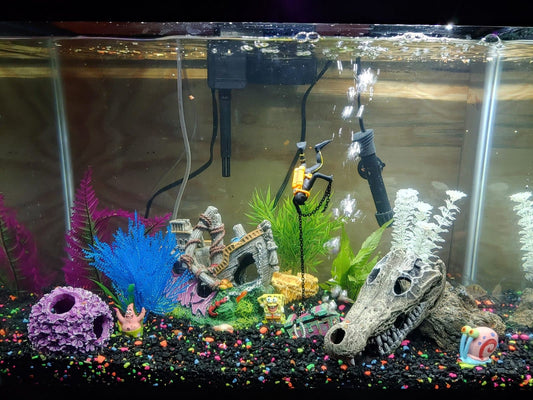



0 comments